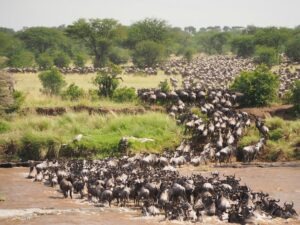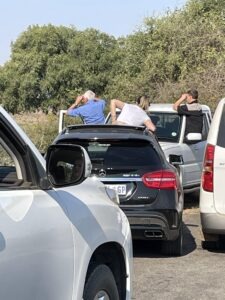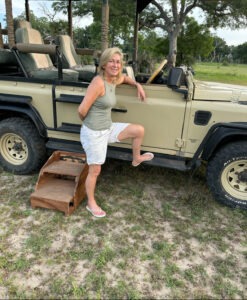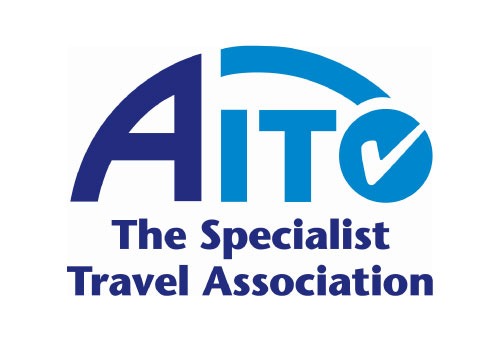If you’ve been dreaming of an African safari, chances are you’ve thought about the Great Migration.
It’s one of nature’s greatest spectacles—millions of wildebeest, zebras and gazelles moving across the Serengeti and Maasai Mara, braving crocodile-infested rivers and prowling predators.

The BBC and Discovery Channel documentaries make it look breathtaking.
But before you commit, let’s talk about what those documentaries don’t show you.
Because for many people, the Great Migration isn’t actually the best choice for their safari.
Here’s why.
The Downsides of a Great Migration Safari
1. The Best Time for the Drama? Limited Availability & High Prices
If you’re picturing wildebeest throwing themselves into the Mara River while crocodiles lie in wait, that only happens during a short window—August to September.
It’s peak season, which means:
- You’ll need to book a year in advance to get the best lodges.
- Accommodation prices skyrocket due to high demand.
- Unless your budget is well over £5,000+ per person, you may have to compromise on quality.
If your travel dates don’t line up, you might miss the dramatic crossings entirely.
2. Expect Safari Traffic Jams

The Great Migration draws huge crowds, especially in the Maasai Mara.
During a river crossing, dozens of safari vehicles can be jostling for position.
That romantic, immersive safari experience you were dreaming of? It could feel more like a busy tourist attraction than the wild, remote Africa you imagined.
3. You Might Not See a River Crossing at All
River crossings are unpredictable.
- Wildebeest can stand on the riverbank for days, too nervous to cross.
- When they do cross, it might happen far from your lodge or be over in minutes.
- The dramatic action shots in documentaries? That’s after weeks of filming with remote cameras.
You could spend days waiting—and leave disappointed.
4. This is a Wildebeest Migration (Not a ‘See Everything’ Safari)
The Great Migration is mostly wildebeest, followed by zebras and predators like lions.
But if you’re hoping for big elephant herds, leopards, rhinos or wild dogs, there are better places in Africa to see them.
So, if your dream safari includes specific animal sightings, we might need to look beyond the migration.
Still Set on the Great Migration? Here’s What You Need to Know
If your heart is absolutely set on witnessing this spectacle, here’s how to do it right:
1. Book Early—Really Early
For August-September, the best lodges and mobile camps are booked 12+ months in advance.
2. Consider Private Conservancies
The Maasai Mara’s private conservancies limit visitor numbers, meaning fewer crowds, better vehicle positioning, and a more intimate safari experience.
3. Be Flexible & Stay for Several Days
To increase your chances of seeing a river crossing, stay at least four nights in key locations like the Mara Triangle or Northern Serengeti.
4. Think Beyond the River Crossings
- January–March: The calving season in the southern Serengeti is spectacular. Thousands of baby wildebeest are born—followed by prowling lions and cheetahs.
- June–July: The Grumeti River crossings (before the Mara) are just as dramatic but with fewer crowds.
Not Sure If the Great Migration is Right for You?
If you’re feeling torn, you’re not alone.
Many of my clients start out wanting to see the Great Migration—until they realise another safari destination might suit them better.
That’s where I come in.
With 10 personal trips to Africa and countless safaris planned for my clients, I can help you weigh up the pros and cons and find the perfect destination for you.
Whether it’s witnessing the Great Migration in style or choosing a quieter, more exclusive safari experience, I’ll take the stress out of planning and ensure every detail is perfect.
Let’s chat.
Just email me on [email protected], and we’ll set up a free, no-obligation consultation to discuss your dream safari.
We can have a quick chat to understand exactly what you’re looking for. There’s no obligation to book but you’ll walk away with invaluable advice on the ideal safari destination for you.





